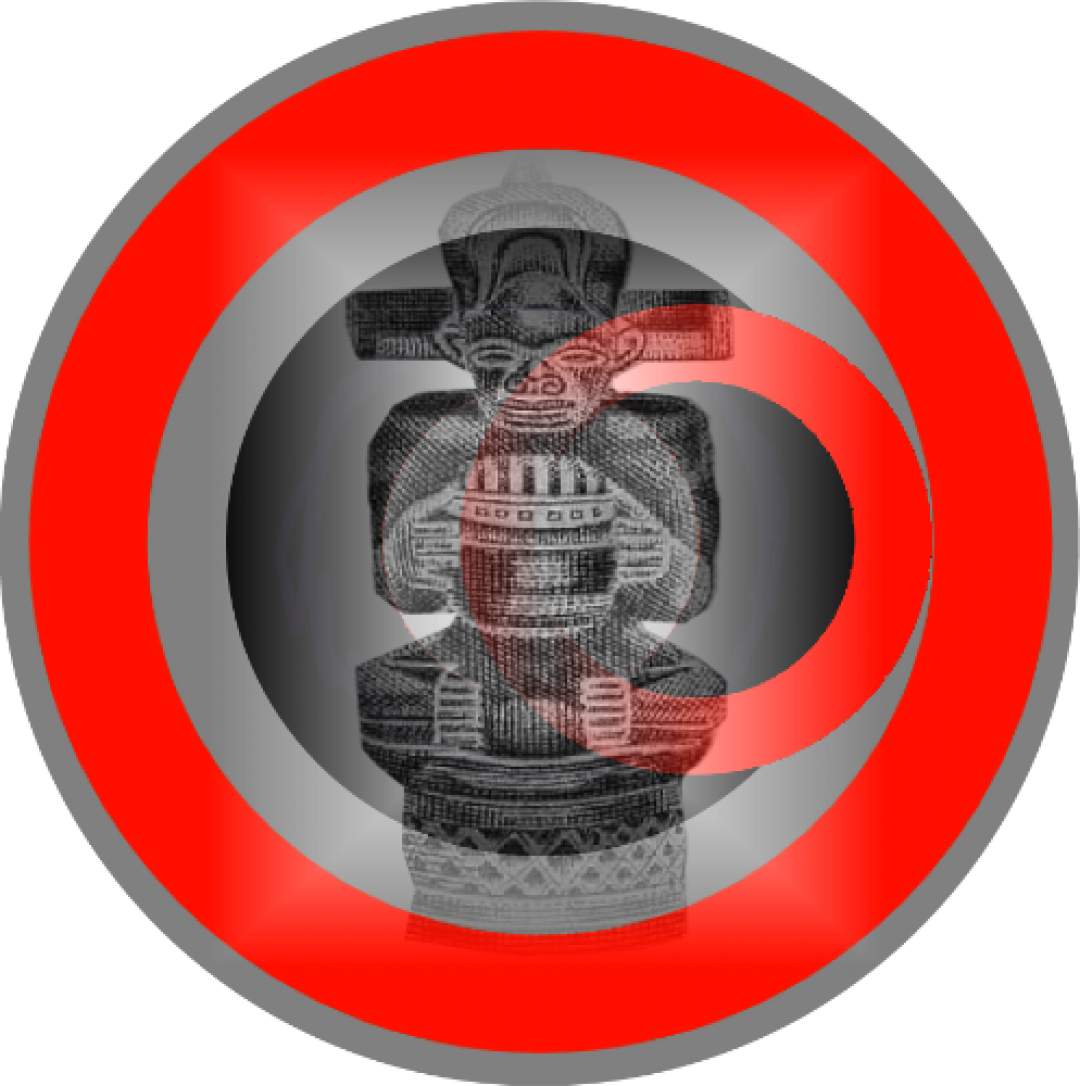What really stroke me when listening to these recordings of Nguni music is that the singer is accompanied by just one instrument; the string bow. The emotional effect of this string instrument on the voice is beautiful and unique, intensely haunting. Sometimes the music reminds me of American styles like early Jazz, Delta Blues, Doo-Wop and Negro spirituals…A cappella or unaccompanied group singing without the contemporary instruments. Different forms of Nguni bringing out the superb South African harmonies…
umakhweya, a string bow, made from a calabash with an upstanding arm.
Xhosa -Ilizwe lifile kuzimfazwe zadwa
Xhosa -Gealeka -Ndemka Nehlungululwana
Xhosa Ngqika -Inkulu into ezakwenzeka
A bow is held vertically so the opening in the calabash resonator rests high on one side of the player’s chest and can be moved off and on to change the resonance. A bow can be fingered i.e. the string pinched or pressed so it gives a higher fundamental. All bows now used in southern Africa give at least two fundamentals, thus two corresponding harmonic series and it is from these pitches that the scales have arisen
The words are often improvised on the spot, and may touch on several subjects in one song, about domestic or community affairs, the misbehaviour of the young, and often of their husbands who are usually far away working in some big city.
The Zulu Songs of Princess Constance Magogo Kadinuzulu

Princess Constance Magogo Kadinuzulu -Uyephi na (where has he gone?)
this is a lullaby which the singer has often sung to her children and grandchildren to put them to sleep.
Princess Constance Magogo Kadinuzulu -Helele Yiliphi leliyani (which regiment is that?)
A song composed during the reign of Mpande (1840-1872)
The girls in the royal village would watch the impis, the regiments, on parade and remark upon their appaearance dressed in all their Zulu finery.
Which regiment is that so beautifully dressed??
The hissing in the background would be the response made by the soldiers as they sang and marched.
this is a girl’s song well known to her contemporaries at the Royal villages in which they demonstrate their right to disapprove of any young man as they are not impressed by fine clothes alone
However well dressed this man may be, we can still refuse him, can’t we?
Like all cattle loving peoples of South Africa, Nguni music is almost entirely vocal. The few instruments they do have do not take a central role in any part of life. If the Nguni lack in the typical African instrumentarium they make it up however, in vocal power, in the strength of their melodies and the richness of their harmony. Commentators on South African Jazz and Pop music have sometimes been struck by the affinity of South Africans, and particularly Nguni speakers, with US music forms like Jazz and Doo Wop. Some would account for this from the largely vocal basis of both forms of music. It is certainly true that South Africa is by far the ‘jazziest’ country on the continent.
photographs and excerpts from the original liner notes of ‘The Nguni Sound’1955-1958 SWP Records SWP 020
Recommended listening
The Nguni Sound –South Africa & Swaziland 1955-57-58 SWP Records SWP 020
The Zulu Songs of Princess Constance Magogo Kadinuzulu by Hugh Tracey




wow this was well said snd well structured, thank you to the person that wrote this becouse not only did it help me in uderstanding more about the Nguni music but it also helped me with a project that I was working on..
I loved the song “Xhosa Ngqika -Inkulu into ezakwenzeka”
the vibe truely reminds me of SA, but i never heard anything so authentic and beautiful when i was there… wish i have! now i have to build my own music bow and play it…
is there anything else like that in the CD or elsewhere?
both CD’s are highly recommended if you like the authentic music as featured.
There are modern interpretations by artists like Bassekou Kouyate from Mali.
check out http://www.myspace.com/bassekoukouyate